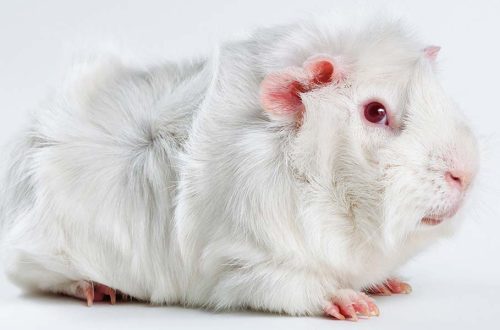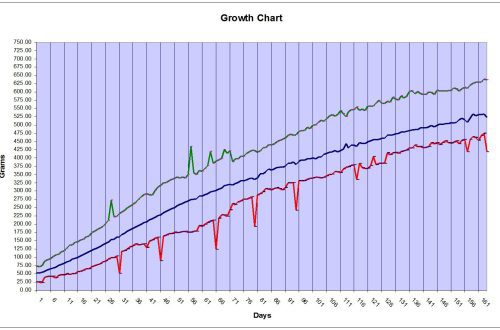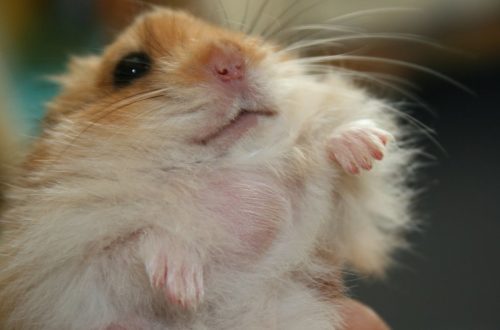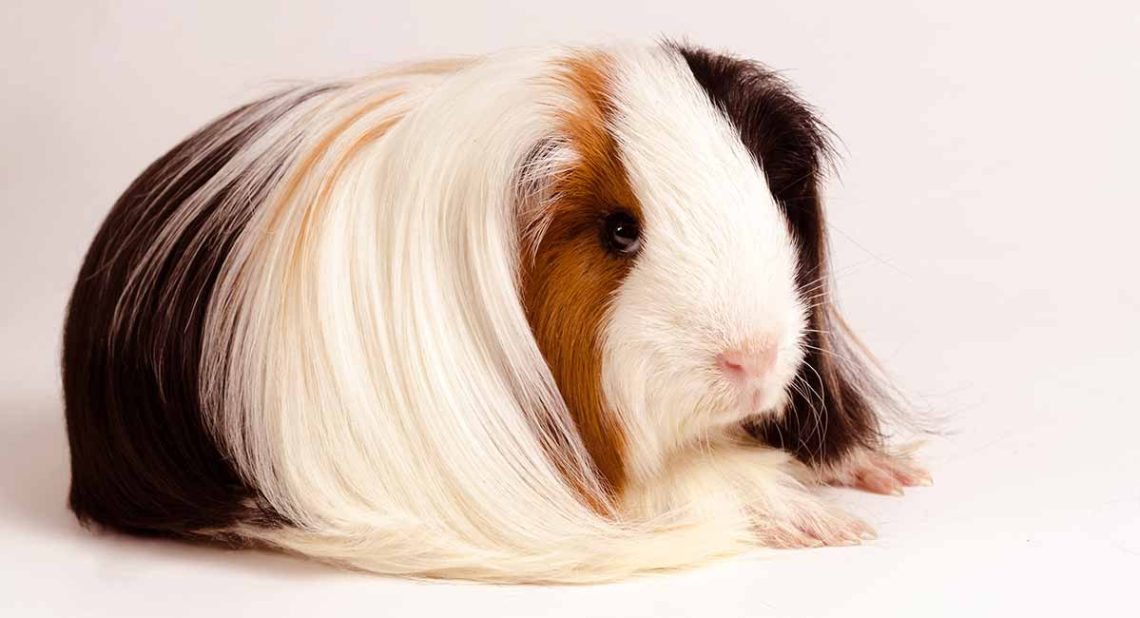
Peruvian guinea pig – photo and description of the breed
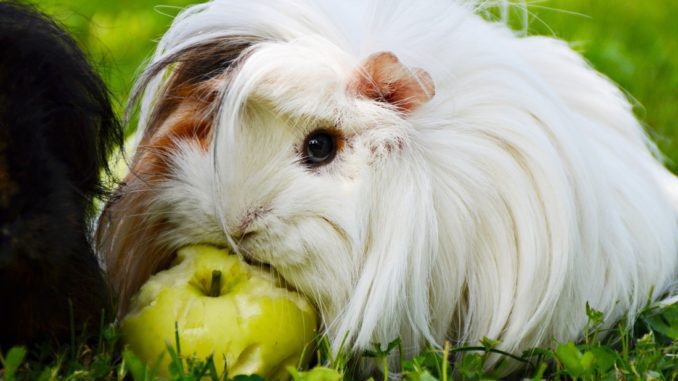
With a bow on the head, perky bangs falling on the muzzle and long luxurious hair, these animals look more like Maltese lapdogs or Yorkshire terriers than guinea pigs. The Peruvian or Angora guinea pig is rightfully considered one of the most beautiful and unusual breeds, so it is not surprising that breeders from all over the world proudly display their pets at exhibitions and competitions.
Contents
The history of the origin of Peruvian pigs
Peruvian guinea pigs are native to South America. Wild relatives of these amazing creatures were domesticated by Indian tribes that inhabited Bolivia, Peru, Argentina and Guinea more than five thousand years ago. Local residents bred these rodents as a source of valuable meat. But, if the Indians ate short-haired guinea pigs, their fellow tribesmen, who had long hair, were considered sacred and were worshiped as deities.
The first Europeans who paid attention to long-haired rodents were French colonists. Studying the life of the indigenous population of Argentina and Peru, researchers from France became interested in unusual animals and at the beginning of the nineteenth century they transported several individuals to Paris as a gift to the royal family.

Hairy guinea pigs made a splash not only among the French aristocracy, but also among the Parisian breeders, who enthusiastically took up their breeding. Court ladies began to keep these beautiful animals as pets, and for some time guinea pigs even supplanted lapdogs and Persian cats, beloved by aristocrats.
In the thirties of the nineteenth century, long-haired guinea pigs were presented at the annual agricultural exhibition in Paris. Soon these delightful animals spread throughout Europe. European breeders of guinea pigs began breeding work with these animals, thanks to which they managed to develop new breeds of these rodents with long hair and unusual colors.
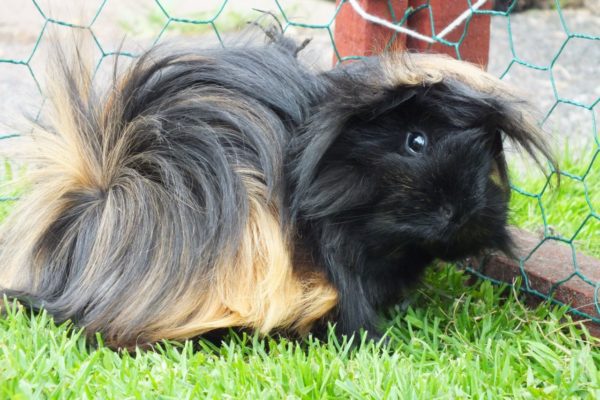
Important: the French called long-haired guinea pigs angora and only in 1930 this breed was officially renamed to Peruvian. As a result, confusion often arises in the name of the breed of these rodents. Some breeders still consider Angora and Peruvian pigs to be separate species, although they are actually the same breed.
Peruvian guinea pig: appearance description
There is nothing surprising in the fact that long-haired beauties from Peru are so popular among breeders and fans of these delightful animals. They look spectacular and aristocratic, so this breed is sometimes called the royal.
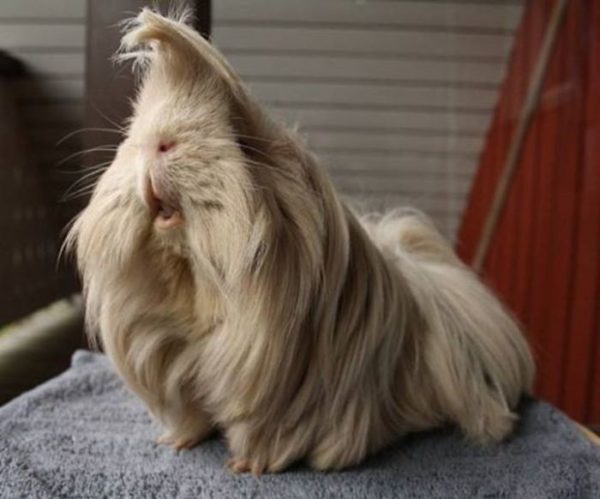
Appearance:
- the body of animals is strong, rounded, with a straight back and a wide chest;
- the head is small, with round brilliant eyes, saturated dark color. Ears of medium length hang down. The forehead and cheeks of the pigs are covered with long fur, forming a kind of bangs and the so-called “whiskers”;
- rodents have straight long hair, soft and silky to the touch. On the back, the fur is divided into a straight parting, so long even strands hang down on both sides of the animal’s body. On the tummy and legs, the hair is much shorter than on the back and head of animals;
- the color of pigs of the Peruvian breed can be both monophonic and include two or three different shades. The most common coat color is considered to be white in combination with a reddish and brown tint. Very rare are rodents with a gray coat with a silvery sheen.

Distinctive features of the breed
Angora guinea pigs differ from their relatives not only in luxurious silky fur:
- compared to other breeds, Peruvians are the largest. Adults weigh from one and a half to two kilograms;
- with a body length of thirty to thirty-five centimeters, the length of animal hair reaches forty-fifty centimeters;
- short-haired pigs use only six sounds to communicate with each other, while their long-haired relatives can make up to ten different sound signals;
- Angora rodents are very attached to their owner, recognizing him by smell and voice. And when changing the owner, they experience severe stress and may refuse to eat for several days;
- these animals have a meek, calm disposition and can sit in one place for a long time, which is why they are so fond of exhibiting at exhibitions and competitions;
- Peruvians cannot be called active and mobile. They spend most of their time sleeping and are able to sleep six to eight hours a day;
- angora pigs are moderate in food and require half as much food as their short-haired relatives;
- rodents are very fond of treats and are able to show cunning and ingenuity in order to beg a tidbit from the owner;
- it is easy to teach them several tricks: for example, give a sound on command, rewarding with a treat;
- long-haired pets are friendly and trusting towards people, but they are especially affectionate with their beloved owner;
- these animals are considered more decorative than pets, as their coat requires special care;
- The average lifespan of most guinea pig breeds is five to ten years. But long-haired beauties live no more than five or six years.
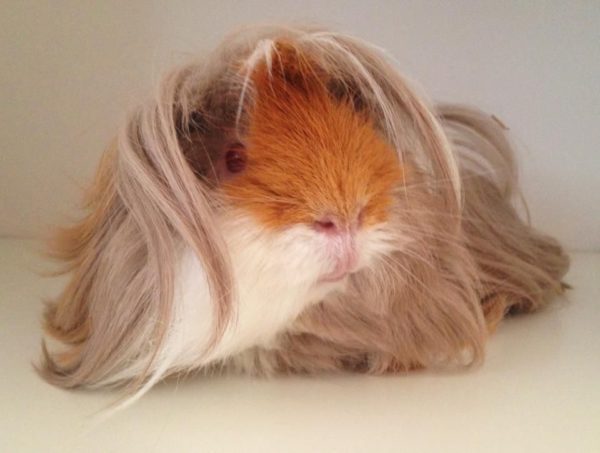
Maintenance and care at home
If you do not take into account the additional requirements for caring for a luxurious coat of animals, their maintenance is no different from other breeds of guinea pigs.
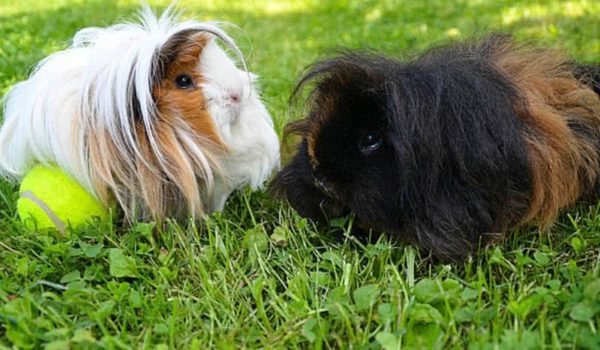
A hairy pet needs daily combing, the only way her long shiny fur coat will look well-groomed and attractive. If the owner does not plan to show the pet at exhibitions, then the rodent’s coat should be trimmed periodically.
For a comfortable stay, rodents need a spacious cage equipped with the necessary accessories (feeder, drinker, sennitsa and house).
The food of the animals should consist of hay, fresh grass and succulent food. Due to the high calorie content, it is undesirable to feed these animals with grain mixtures. Peruvians do not move much, and such a diet can lead to the development of obesity in them.
Important: this breed is not recommended to be bought as a pet for small children, as the child will not be able to provide the animal with full care.

Beautiful and friendly Peruvian guinea pigs will have to devote a lot of time and attention. Without proper care, these animals lose their attractive appearance and start to get sick. Therefore, before getting such an exotic and amazing pet, the owner should decide whether he is ready to take on such a responsibility.
Video: Peruvian guinea pig appearance, colors and care
Peruvian guinea pig
3.3 (66.67%) 3 votes



